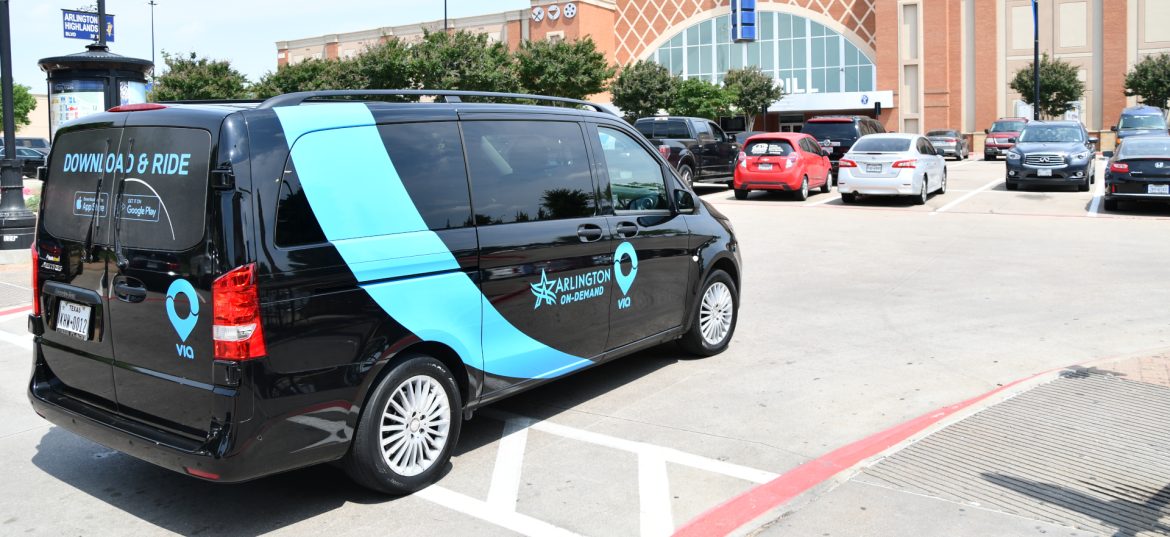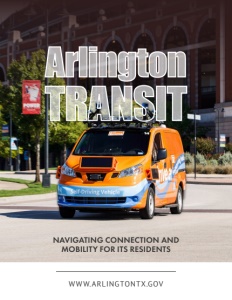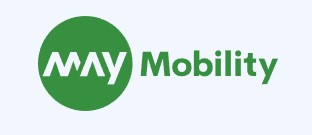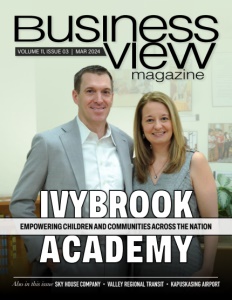Arlington Transportation
Navigating Connection and Mobility for its residents
A transportation hub with a distinct community focus
The city of Arlington is ideally positioned between Fort Worth and Dallas, in the heart of North Texas, and serves as a transportation hub with easy access to seven major interstate highways, three airports, and two rail facilities. The city is committed to providing accessible, cutting-edge transportation solutions, addressing the diverse needs of its nearly 400,000 residents.
History of Arlington Transportation
Ann Foss, Transportation Planning and Programming Manager for the city, shares that Arlington’s journey into modern transportation services began in 1980 with the establishment of Handitran, a traditional dial-a-ride service catering to elderly and disabled residents. She recounts, “Arlington is a large city, we’re the 50th largest city in the United States, but we haven’t had traditional fixed route transit in the past. However, we are aware that there are transportation needs for our residents and visitors.”
In 2016, Arlington’s leadership took a proactive approach, recognizing the importance of engaging diverse perspectives to shape the city’s future mobility solutions.
Foss expands, “Our mayor and city council appointed a Transportation Advisory Committee, which was a group of about 30 stakeholders from across the community representing different interests. They met for one year, and they put together a report that had recommendations for the city to consider. Two of the top recommendations in that report were some form of on-demand rideshare service and autonomous vehicles as being the most likely transportation modes that would work well in Arlington.”
Working off of that framework, the city of Arlington launched the Arlington On-Demand rideshare service in December 2017, gradually extending its reach to be city-wide in 2021. “The service now covers the full 99 square miles of Arlington as well as the regional rail station, and provides daily transportation needs to the general public,” Foss explains.
Autonomous vehicle services have been rolled out three times, starting with the initial 2017-2018 pilot, which operated off-street, connecting entertainment destinations, followed by the 2018-2019 introduction of an on-street circular route in the same district. The current autonomous vehicle (AV) service, known as RAPID, launched in March of 2021.
Foss relays, “RAPID has been running since 2021, and is fully integrated into our on-demand service. Booking and payment are fully integrated, and when someone books a ride, if the parameters of their ride meet the AV service area and hours of operation, they’re offered a standard human-driven on-demand van, as well as an autonomous vehicle, and then they can choose which one best fits their trip needs.”
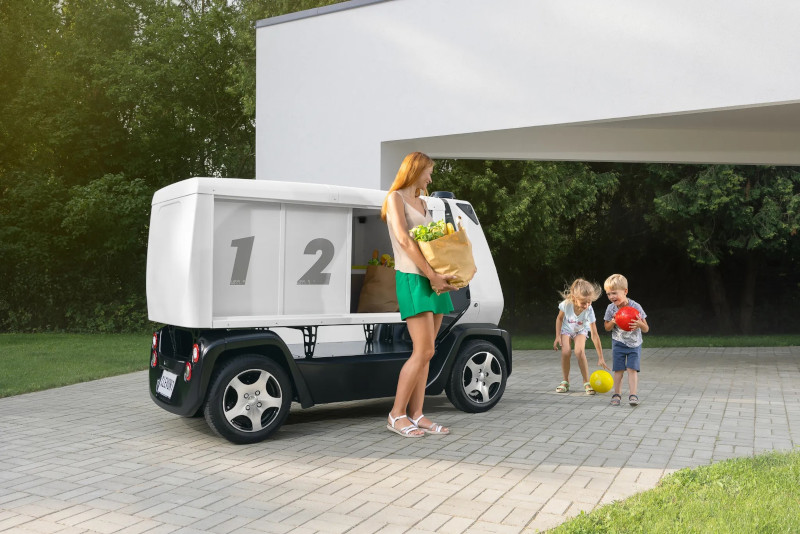
Fleet and Sustainability
With a fleet of 20 City-operated vehicles, the Handitran service takes a more traditional approach, with buses that use conventional fuel, as well as a contract with a local taxicab company that provides additional rides. The city’s On-Demand service boasts approximately 90 six-passenger minivans, with a significant focus on hybrid electric vehicles, predominantly the Toyota Sienna.
The autonomous vehicle fleet comprises 4 Toyota Siennas and operates on a fully hybrid electric model. “Electrification is a priority of our city council,” Foss acknowledges.
“Right now, the hybrid electric approach is the closest we can get based on vehicle availability. There aren’t a lot of fully electric, six-passenger minivans available on the market in the United States right now. That’s an area where we’re hoping to see some growth by the car manufacturing companies.” She emphasizes that the goal is to move towards full electrification, as the city works towards building out its charging infrastructure.
Technology and Accessibility
Via Transportation, Inc., is a crucial partner for Arlington, as Foss describes, “They provide the On-Demand service, and it is a full turnkey contract. So, they provide both the software and the drivers and vehicles and everything to operate. We also partner with Via to provide the software solution for our Handitran service.”
The Arlington Transportation app acts as a gateway to all three services, ensuring easy accessibility for users. “The general public would just see the On-Demand service, and then the AV service is integrated into that. So, depending on their ride parameters, they can book an on-demand or a RAPID ride,” Foss conveys.
“For our riders who are eligible for the Handitran service, when they log into the app, they see both options for On-Demand as well as for Handitran. Having everything integrated into one app is something we’ve been working towards for several years. We want to make it easy for anybody to access all of the services that we have, and make that decision based on their travel needs at the time.”
She notes that while the majority of On-Demand rides are booked through the app, there is also an option to phone in to book or have questions answered, a feature that approximately two-thirds of Handitran riders prefer.
“Accessibility is very important to us in the city. So, we wanted to make sure that we had options for people who don’t have a smartphone and don’t want to use the app. We also have different payment options for people who aren’t traditionally banked and don’t have a traditional credit card to link to their account. And we do have wheelchair-accessible ADA-compliant vehicles across the services as well, for those who need that level of accessibility,” Foss highlights.
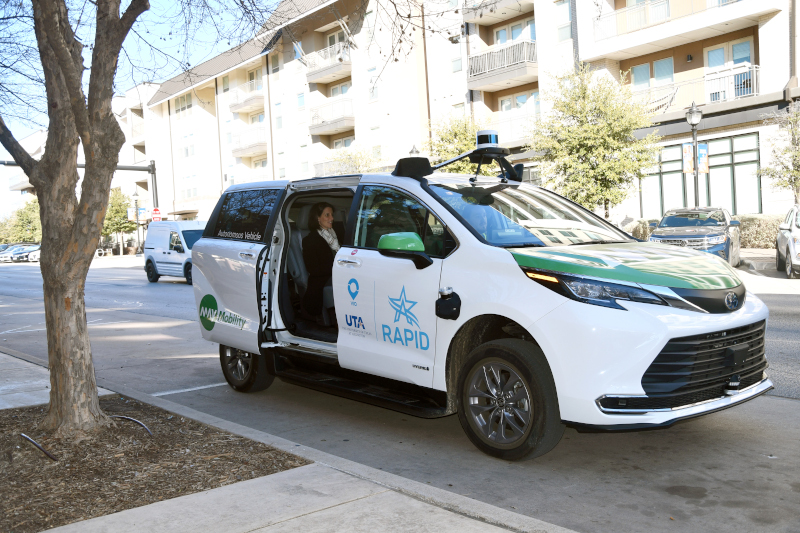
Arlington’s Commitment to Continued Growth and Investment
Arlington is addressing evolving transportation needs with a focus on on-demand services, emphasizing flexibility and personalized options.
“From a cost perspective, we’re thinking maybe we’re a little bit at a plateau because we’ve been citywide for a couple of years now,” suggests Foss. “We’re starting to see more consistent demand trends. We continue to be interested in the autonomous vehicle space and looking at competitive grant funding or other sources of external funding to help support our autonomous vehicle efforts.”
Additionally, Arlington is venturing into innovative aircraft solutions, including electric vertical takeoff and landing aircraft (eVTOL) for regional trips. “These are a new type of aircraft and they’re kind of a hybrid between a plane and a helicopter,” Foss describes.
“They have the ability to take off vertically and land vertically, much like a helicopter does, but then their propellers actually rotate when they are up at flying altitude, and then they can fly like a jet plane. They are fully electric. So, they are much quieter than a helicopter.” She shares that the city’s partnership with Overair aims to explore this technology, envisioning a dedicated vertiport at the municipal airport, which is similar to a helipad, but would have charging and maintenance support for eVTOL aircraft.
With plans aligning with hosting the FIFA World Cup, Arlington anticipates certified eVTOL aircraft for enhanced regional transportation during the event. “We’re very excited about that opportunity,” Foss portrays. “It will be an expectation that people will be able to use that type of transportation to travel in and around Arlington, as well as within the larger Dallas Fort Worth region by the timeframe of the World Cup games in the summer of 2026.”
Looking Ahead to 2024 and Beyond
In 2024, Arlington will be implementing a groundbreaking project funded by the Department of Energy, demonstrating the use of electric drones and autonomous delivery vehicles for food distribution to vulnerable populations.
Foss elaborates, “We’re partnering with a local food bank, as well as several technology companies to test out what that looks like, both from a customer acceptance perspective, as well as from an energy efficiency perspective. We will use electric devices to replace the traditional delivery truck, to see what the environmental and energy benefits are.”
She says the city will also continue to explore regional connectivity solutions, laying the groundwork for innovations such as the integration of eVTOL aircraft into its transportation network.
“We’ve really addressed a lot of transportation needs within our community. But we will be looking at how we can connect more across the region. We go to a regional train station, but we want to get to other neighboring jurisdictions and help our residents get to other destinations.”
As Arlington moves into the future, it stands at the forefront of urban mobility innovation, setting an inspiring example as it continues to lead with on-demand services and cutting-edge transportation solutions.
AT A GLANCE
Arlington Transportation
What: Providing innovative and accessible transportation to the city of 400,000.
Where: Arlington, Texas
Website: www.arlingtontx.gov
